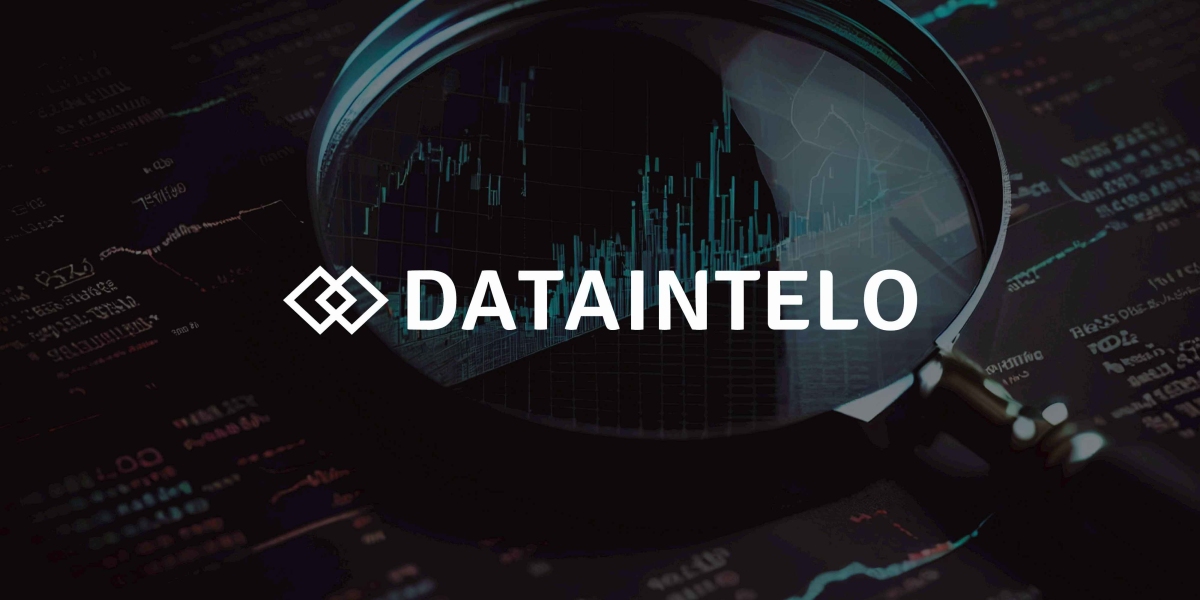The Ruxolitinib Market is poised for significant expansion over the coming years, fueled by the increasing prevalence of hematologic disorders and growing interest in precision medicine. As a selective Janus kinase (JAK) inhibitor, ruxolitinib has emerged as a critical component in the treatment landscape of myeloproliferative neoplasms and other immune-related conditions.
The global healthcare system’s shift toward targeted treatments, supported by technological advances in drug development and genetic profiling, is driving greater adoption of ruxolitinib. Its clinical efficacy and broader therapeutic application continue to attract investment in research and development, further strengthening the market’s trajectory.
Moreover, ongoing clinical trials evaluating ruxolitinib’s effectiveness across new indications—such as dermatological and autoimmune conditions—are expected to unlock new opportunities. These developments indicate a dynamic and growing demand for this therapy in both developed and emerging healthcare systems.
Request a Sample Report:
https://dataintelo.com/request-sample/156322
Key Market Drivers
Several pivotal factors are contributing to the accelerating growth of the Ruxolitinib Market:
Rising Incidence of Myeloproliferative Disorders: The increasing global prevalence of conditions like myelofibrosis and polycythemia vera is leading to a greater reliance on effective JAK inhibitors such as ruxolitinib.
Advancement in Personalized Medicine: Greater accessibility to genetic testing and precision treatment is driving physician preference for targeted therapeutics.
Regulatory Support and Fast-Track Approvals: Authorities in many regions are speeding up approvals for ruxolitinib in new therapeutic areas, shortening time-to-market and boosting availability.
Market Restraints
Despite strong momentum, the Ruxolitinib Market faces notable challenges that could impact growth if left unaddressed:
High Treatment Costs: The affordability of ruxolitinib remains a concern, particularly in low-income countries with limited healthcare coverage.
Risk of Adverse Effects: Common side effects, including infections and cytopenias, can limit the drug’s use in sensitive populations.
Limited Access in Rural and Developing Areas: Infrastructure challenges and lack of medical awareness hinder distribution and adoption in underdeveloped markets.
View Full Report:
https://dataintelo.com/report/global-ruxolitinib-market
Growth Opportunities on the Horizon
While the market faces certain headwinds, multiple avenues offer strong growth potential:
Emerging Market Penetration: As healthcare systems expand in countries across Asia-Pacific and Latin America, the demand for advanced oncology treatments is expected to surge.
Expanded Indications: Research into the use of ruxolitinib for skin disorders like atopic dermatitis and vitiligo opens up new market segments.
Biosimilars and Generic Formulations: Development of biosimilars could improve affordability and drive greater accessibility in cost-sensitive markets.
Global Market Dynamics and Regional Insights
According to Dataintelo’s analysis, the global Ruxolitinib Market was valued at approximately USD XX billion in 2024 and is projected to grow at a compound annual growth rate (CAGR) of XX% from 2025 to 2032. The increasing number of diagnosed cases and the rapid uptake of JAK inhibitors in clinical settings are key contributors to this growth.
Regional Highlights:
North America: Leads the market due to strong healthcare infrastructure, early adoption of advanced treatments, and robust insurance frameworks.
Europe: Shows consistent growth, especially in countries emphasizing cancer research and rare disease treatments.
Asia-Pacific: Expected to be the fastest-growing region, driven by rising healthcare expenditure, a growing patient pool, and increasing government initiatives.
Latin America and MEA: These regions offer untapped potential and are witnessing gradual improvements in drug accessibility and awareness campaigns.
Check Out the Report:
https://dataintelo.com/checkout/156322
Emerging Trends in the Ruxolitinib Market
The evolving landscape of the Ruxolitinib Market is shaped by several key trends:
Integration with Digital Health: The adoption of remote monitoring and digital adherence tools is enhancing treatment outcomes and supporting broader ruxolitinib use.
Collaborative Clinical Trials: Partnerships among academic institutions, research bodies, and pharmaceutical developers are accelerating new therapeutic applications.
Patient-Centric Approaches: Increasing focus on minimizing side effects and enhancing quality of life is shaping the direction of future formulations and delivery systems.
Strategic Insights for Stakeholders
Industry stakeholders, from pharmaceutical developers to policymakers and healthcare providers, can benefit by aligning their strategies with the following insights:
Invest in Clinical Research: Expanding the clinical pipeline to explore novel indications is essential for long-term market sustainability.
Focus on Affordability: Collaborating with governments and non-profits can help subsidize treatment costs and widen patient access.
Enhance Market Education: Educating physicians and patients about the benefits and management of ruxolitinib therapy will promote responsible and optimized use.
Conclusion: A Promising Outlook for the Ruxolitinib Market
The Ruxolitinib Market is on a solid growth trajectory, underpinned by rising global disease burden, favorable treatment outcomes, and growing investment in precision medicine. While certain challenges persist, the market remains highly lucrative for stakeholders willing to innovate and adapt to changing patient needs.
With a strong pipeline of therapeutic applications and increasing global healthcare coverage, the future of the Ruxolitinib Market appears bright. Industry players must remain proactive in addressing pricing, accessibility, and safety concerns to fully capitalize on the market’s potential.
Explore In-Depth Market Analysis Now:
https://dataintelo.com/report/global-ruxolitinib-market






